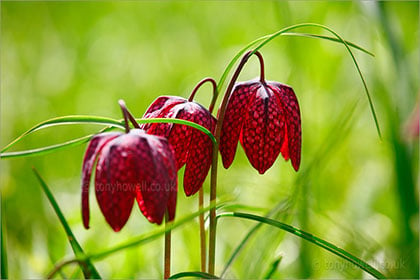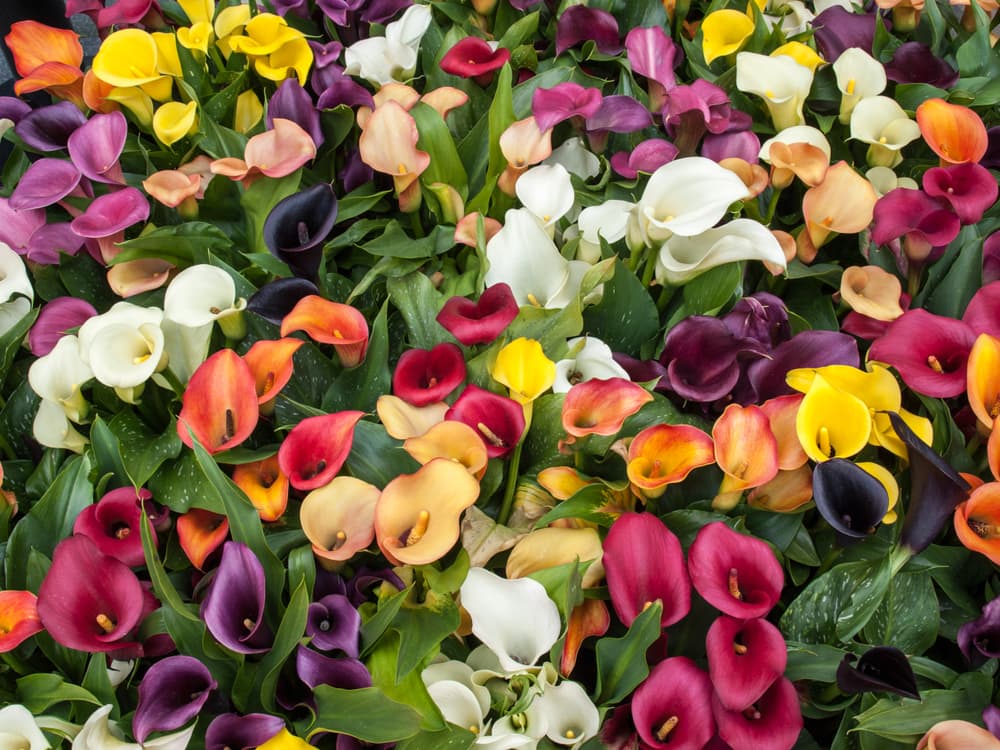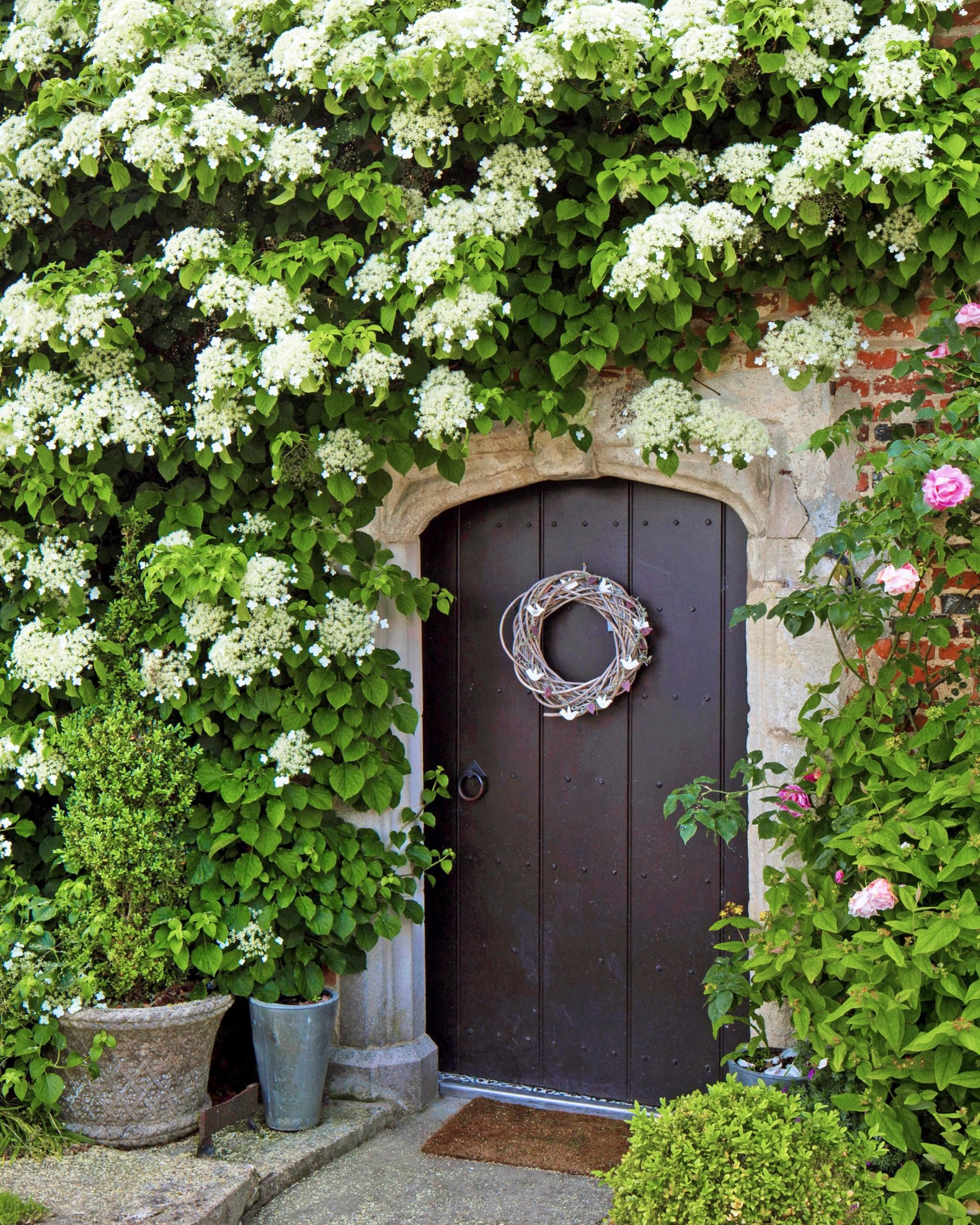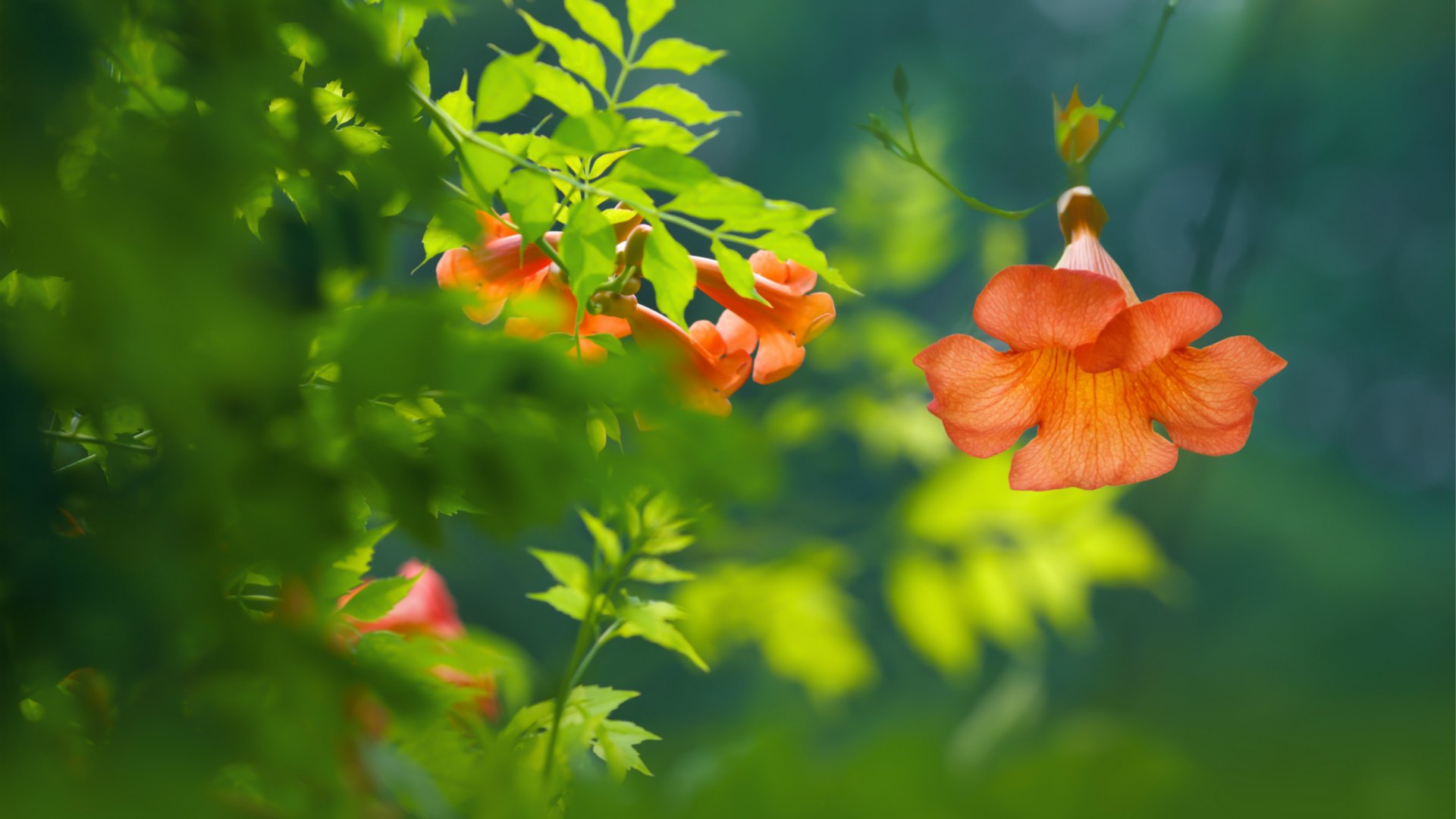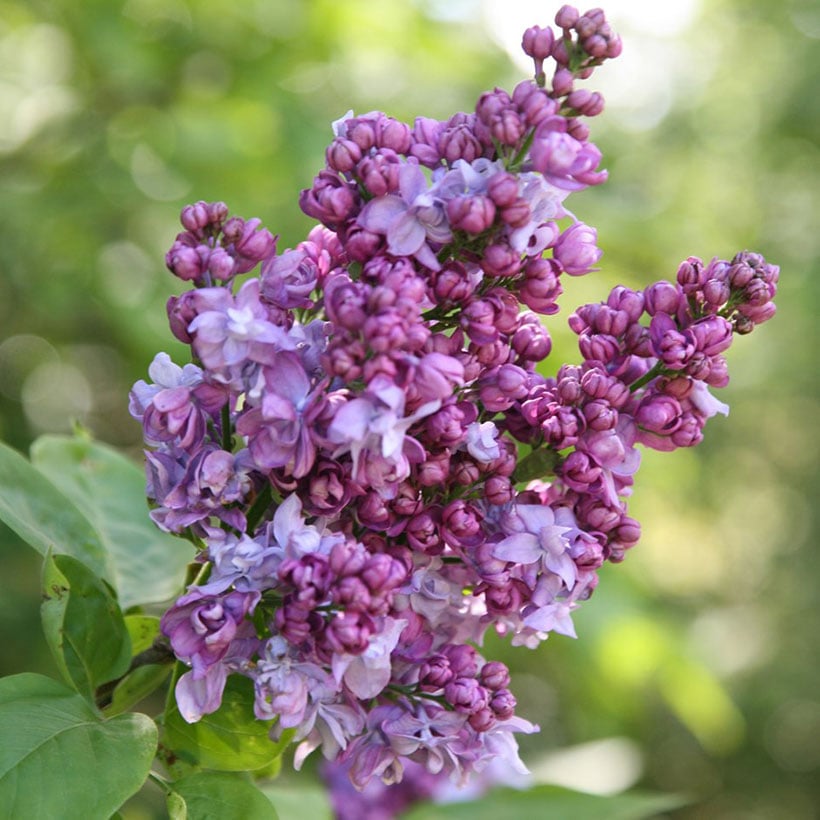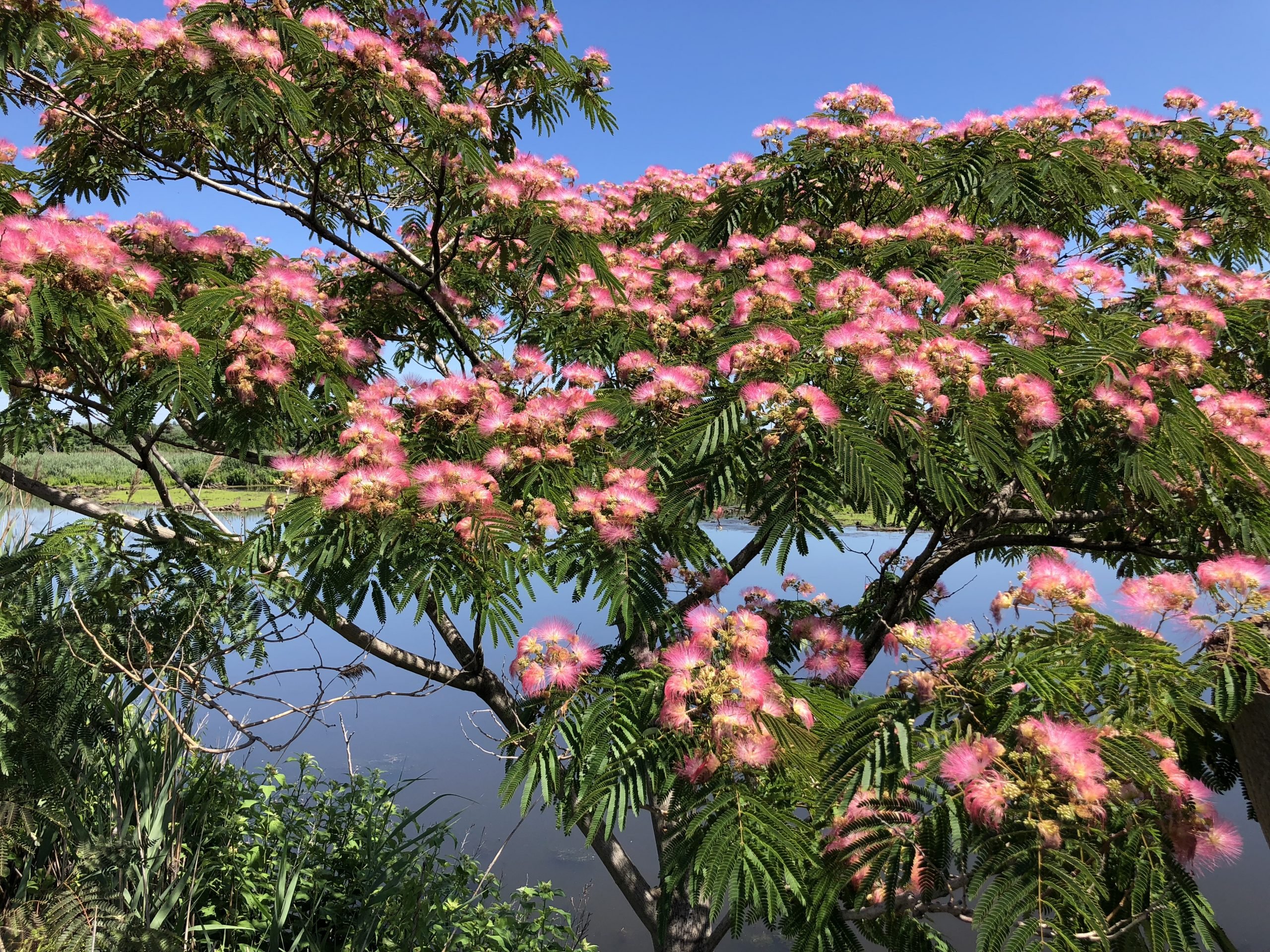25 Beautiful Perennial Flowers Perfect to Grow In Shade
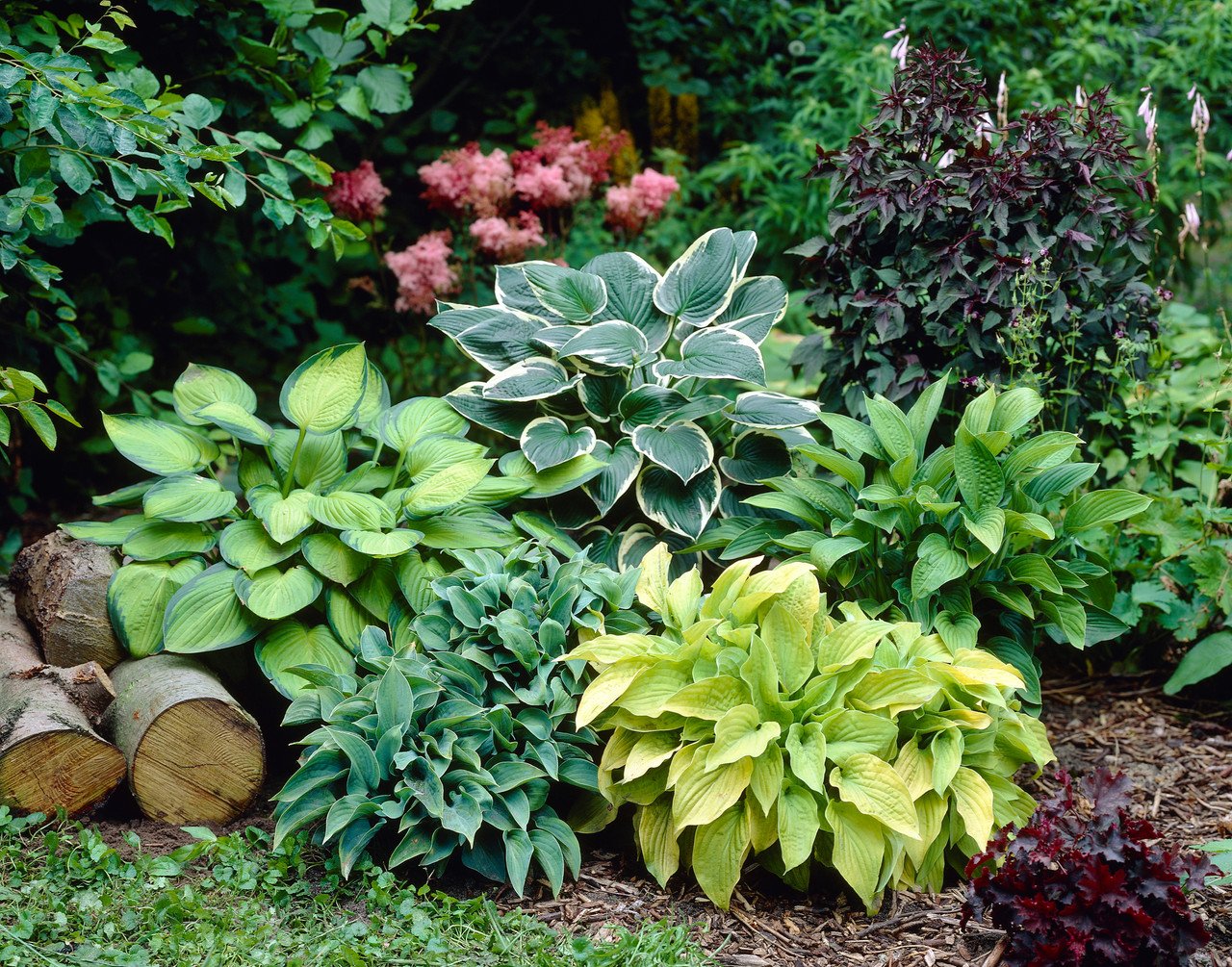
Table of Contents
Although many plants need sunlight to thrive, a wide variety of breathtaking perennials are ideal for bringing color and vitality to those shady areas in your garden. This blog will help you add splashes of vivid blossoms to shaded regions, whether your garden is in the woods, faces north, or both.
For gardeners in the UK in particular, we have compiled a list of 25 remarkable perennial flowers that have been demonstrated to survive in the shade.
These shade-loving flowers, ranging from graceful Astilbes to the stunning beauty of Japanese Anemones, will give your outdoor sanctuary depth, textures, and a hint of enchantment.
1. Astilbe
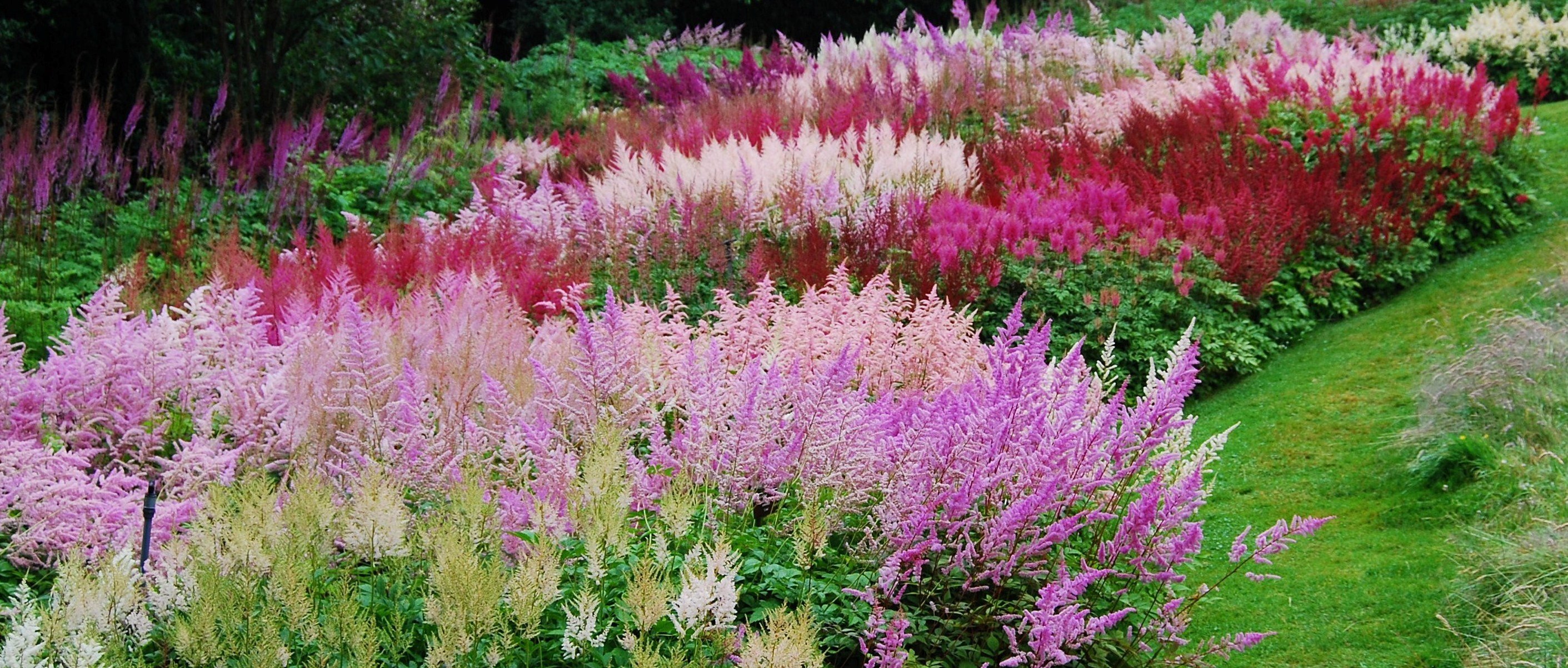
This medium-sized plant features gorgeous red, pink, white, and purple shades. It is a hardy perennial thriving well in summertime damp, well-drained soil.
2. Autumn Anemones
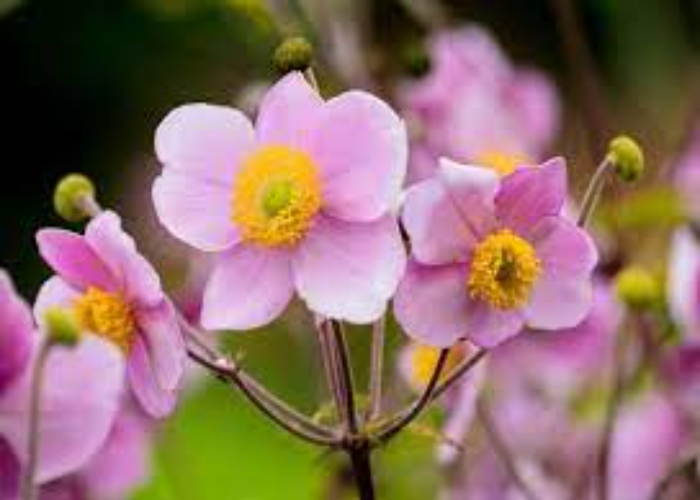
These perennials, often known as autumn or Japanese anemones, bloom from July through September. The best flowers must be regularly shielded from direct sunlight by planting in a spot with shade.
3. Bee Balm
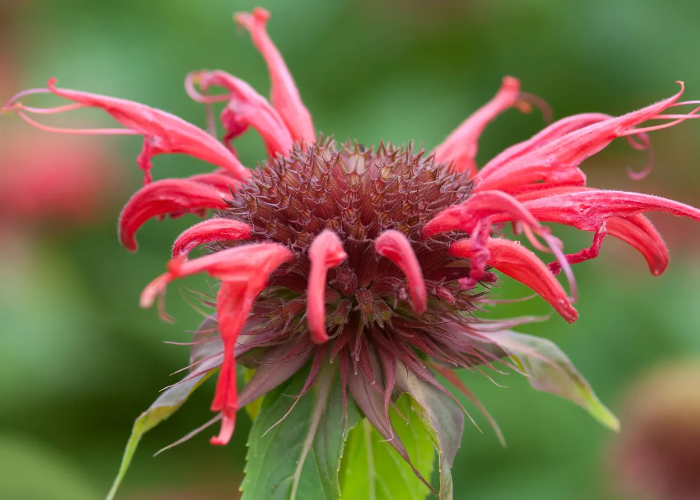
Bee Balm can adjust to varied lighting conditions and is available in various colors, including white, pink, red, and purple. It tends to spread quickly. Thus, routine removal of undesirable plants is advised. Bee Balm, as its name suggests, draws bees, making it an excellent choice for fostering pollination.
4. Bluebells of Virginia
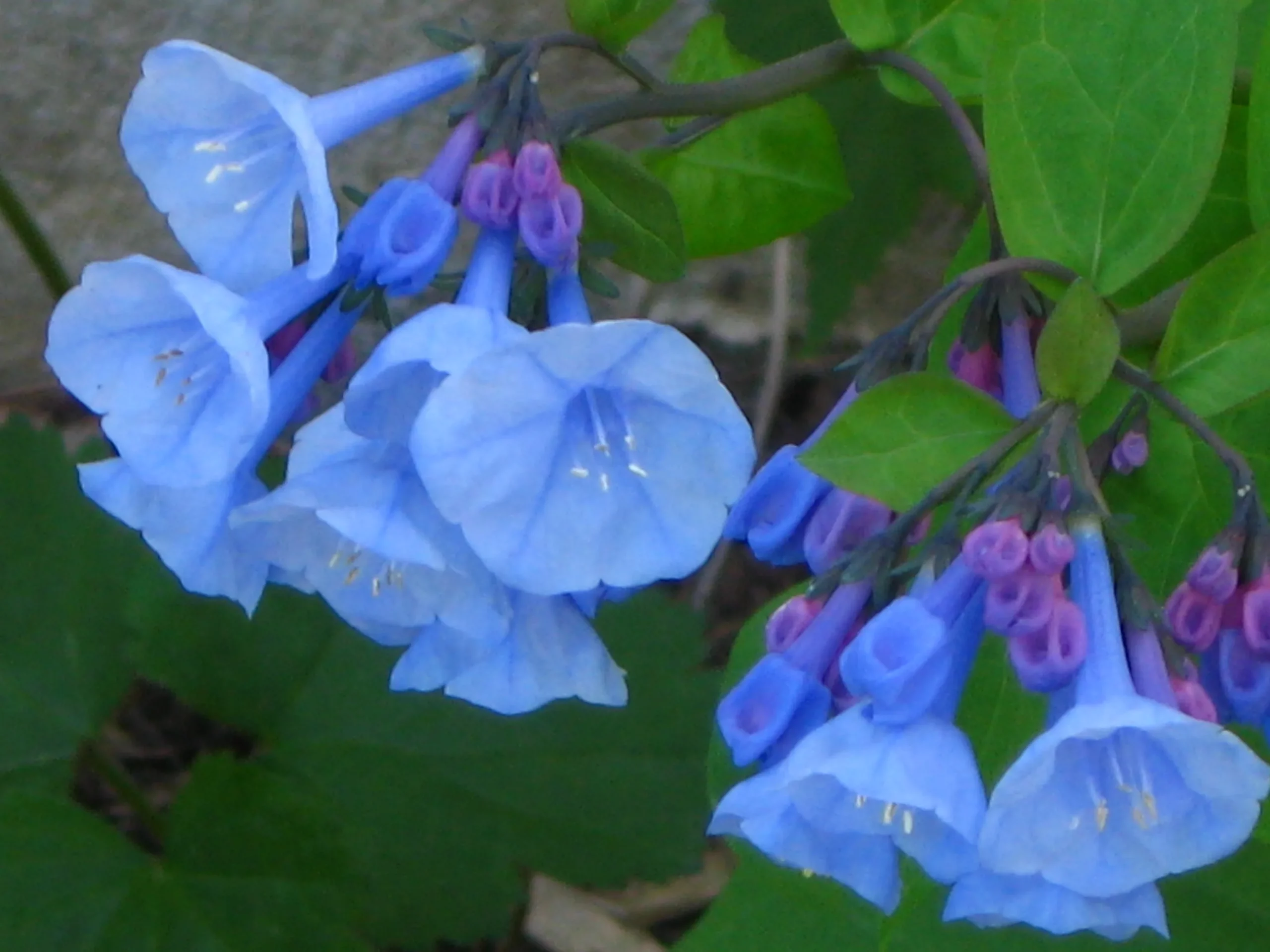
Virginia bluebells are great perennial flowers for gloomy gardens because they are native to woodland settings. These clump-forming plants reach about two feet and bloom in March and April with clusters of blue trumpet-shaped blooms. They can take full shade but need at least some shade. It is advised to overplant with annuals or other perennials that fill in the spaces created by dormancy.
5. Browallia
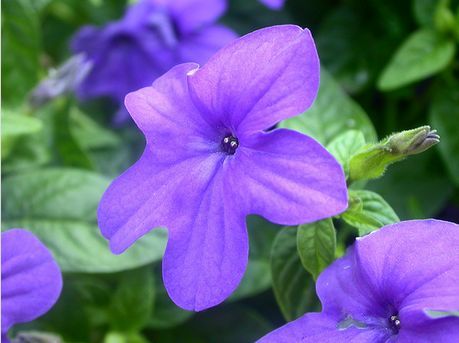
An annual with mounding leaves and blooms in the periwinkle blue, white, and violet hues, browallia is gaining favor as a substitute for impatiens. It usually grows to approximately a foot and thrives in shady baskets, window boxes, and pots.
6. Bunchberries
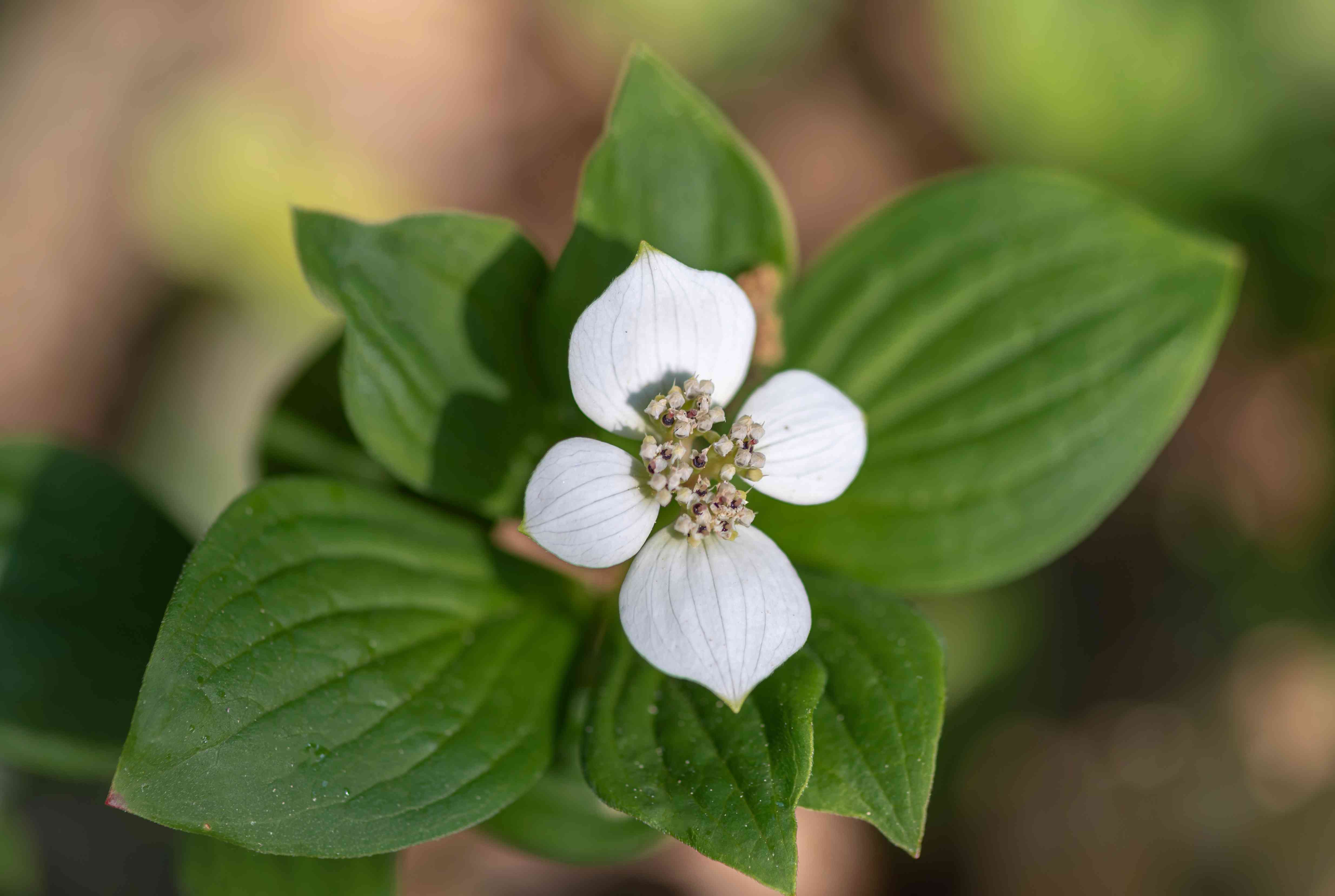
Cornus canadensis, sometimes called bunchberries, bears beautiful red berries in the autumn. They thrive when planted in indirect sunlight, making shady pavements and excellent locations.
7. Columbine
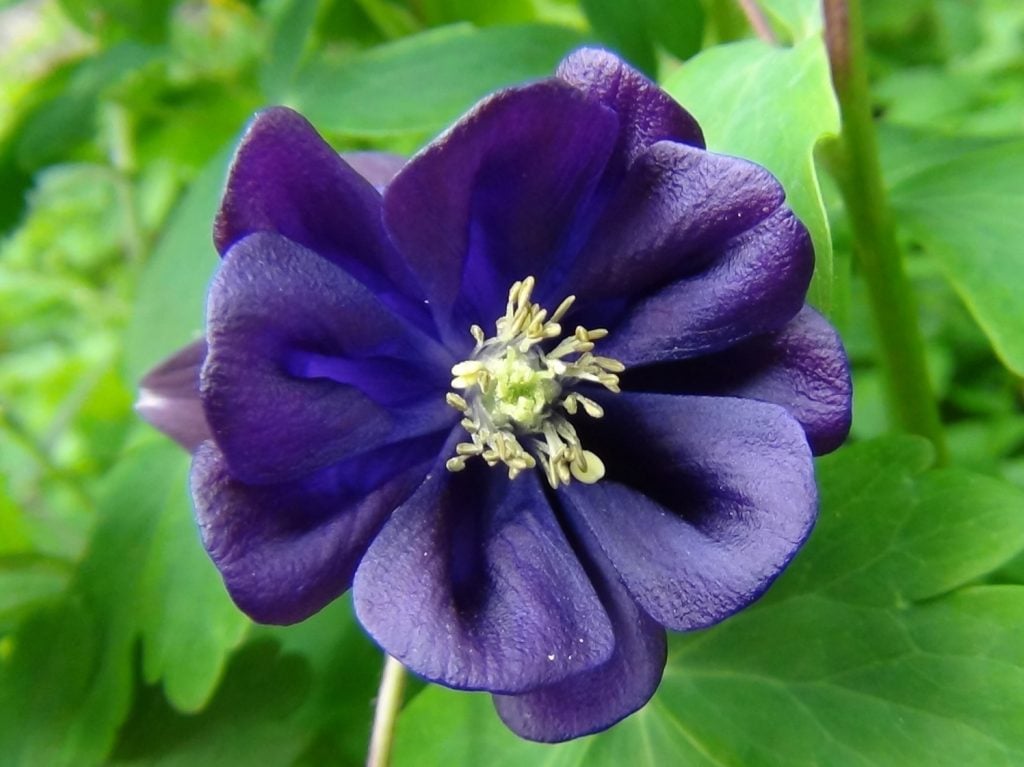
Columbine blooms have a range of colors, including white, pink, red, yellow, and purple, and they draw pollinators. It usually reaches a height of around two feet and does well in zones 3 to 8. Columbine thrives in sunlight or light shades, although it despises ill-drained or excessively dry soil. Its drainage may be improved by mulching. Columbines may be grown from seed quite quickly. This hardy shrub, sometimes known as the Lenten Rose, can withstand both animals and drought.
8. Daylily

Other color variants of Daylilies are more well-behaved, but orange Daylilies have a reputation for spreading aggressively if not maintained. Think of choosing uncommon types from seed catalogues or nearby greenhouses. Daylilies can tolerate various lighting conditions, but too much shade can prevent blooming.
9. Dicentra Valentine
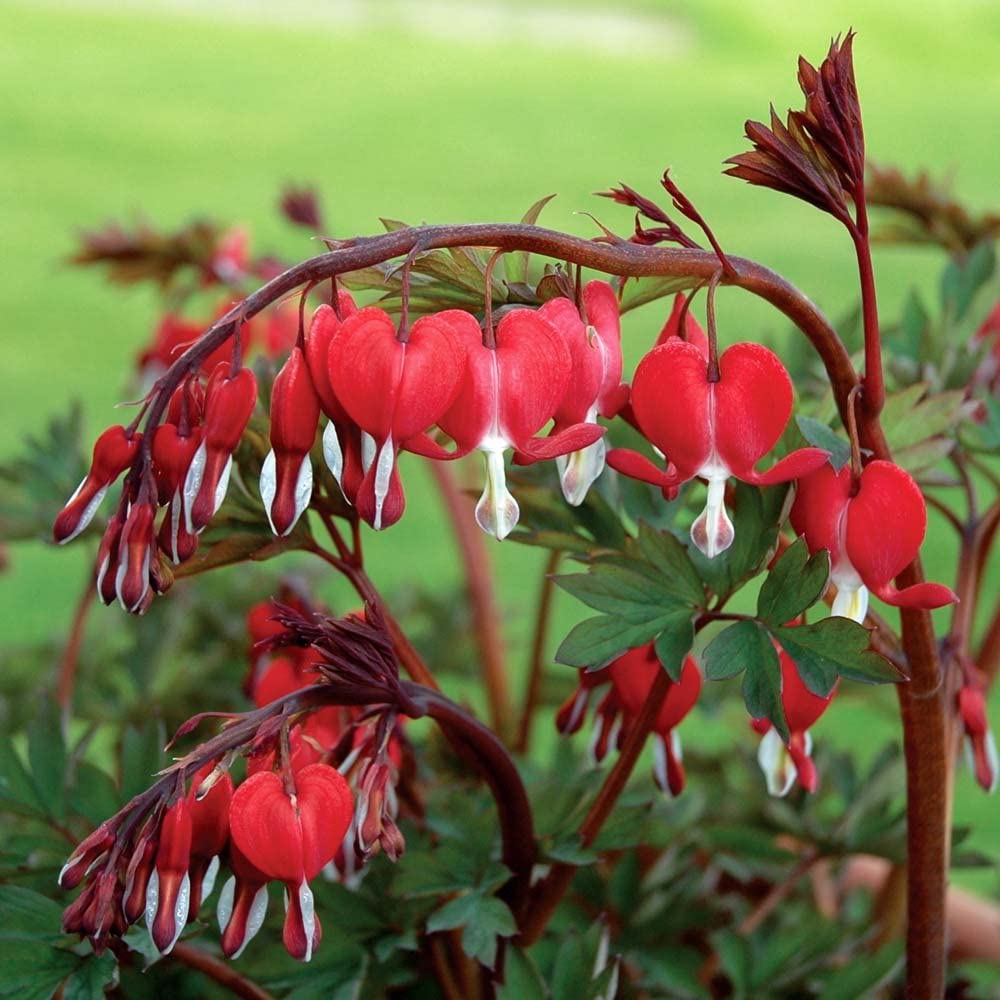
Shade gardens must have this bleeding heart variety. One of the first spring bloomers, the heart-shaped blooms appear on leafless stalks above the foliage. The green foliage with purple streaks gives the shadow garden a lively touch. This plant will grow to a height and breadth of approximately 30 inches. These lovely flowers are a beautiful attraction to hummingbirds.
10. Lamium
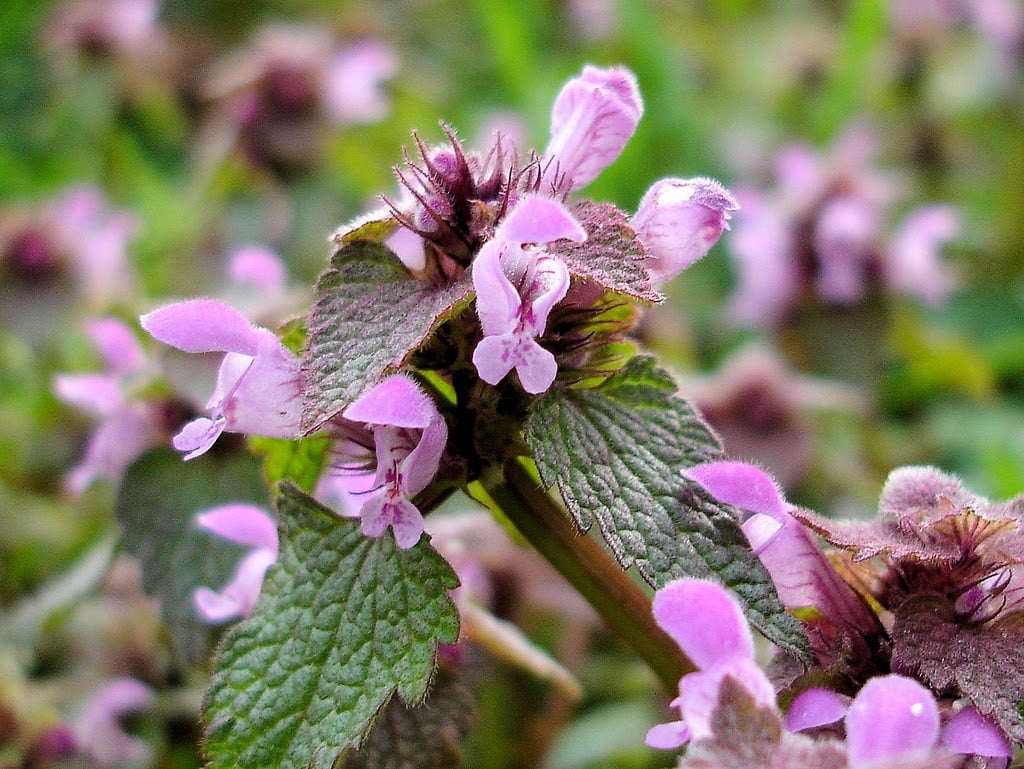
Lamium is a beautiful ground cover that grows well under trees and comes in various colors. Although it can potentially be invasive, bees value nectar from its blossoms. Our personal favorites are pink and blue because of how lovely they are.
11. Leopard Plants
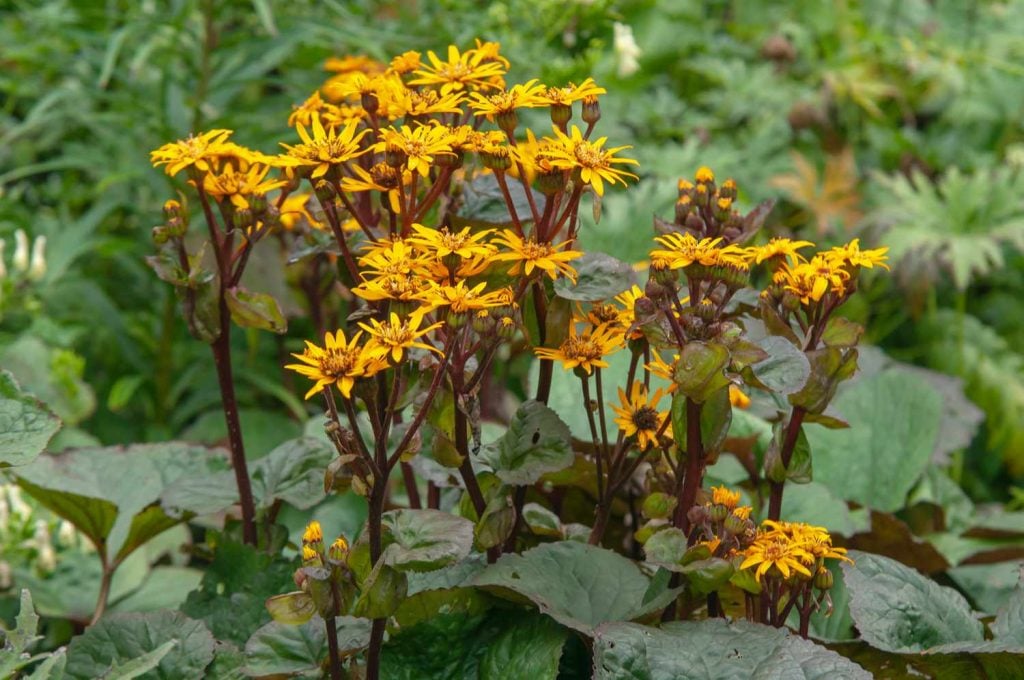
Although they can tolerate direct sunlight with regular watering, it is best to maintain leopard plants in partial shade to avoid water stains brought on by overwatering.
12. Lily of the Valley
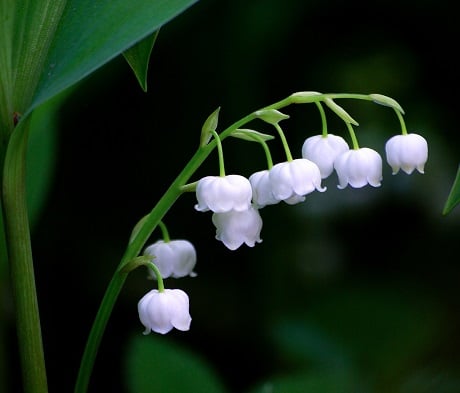
The first spring flowers to bloom, the lily of the valley makes an excellent ground cover for areas near trees. To avoid unintended growth, vigilance is required. The little white blossoms release a pleasant scent.
13. Lilyturf
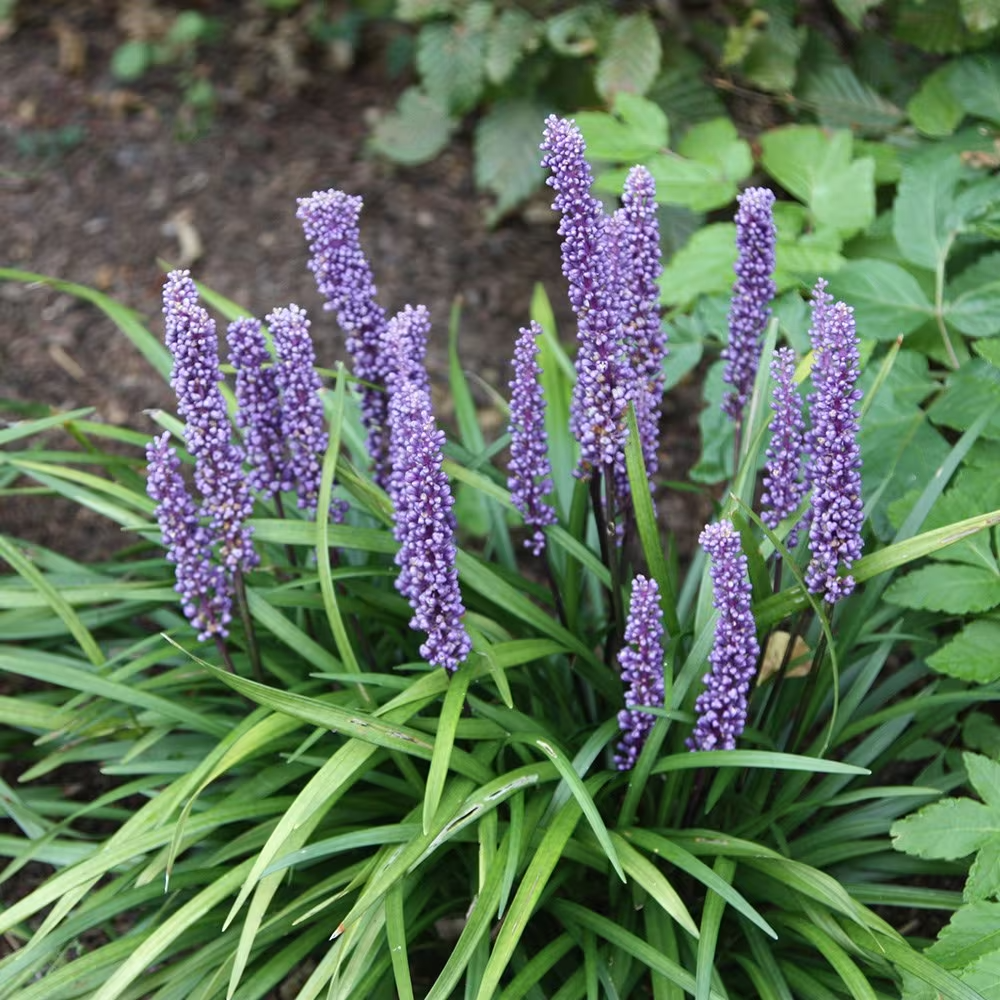
This shade-loving plant is distinguished by its grassy foliage and spikes of purple or white flowers that emerge in the late summer. It usually grows to a height of under a foot and thrives in zones 5 to 10. Lilyturf requires very little upkeep and is pest-resistant. It is advised to control its growth because, if left unchecked, it can be a prolific spreader.
14. Lobelia
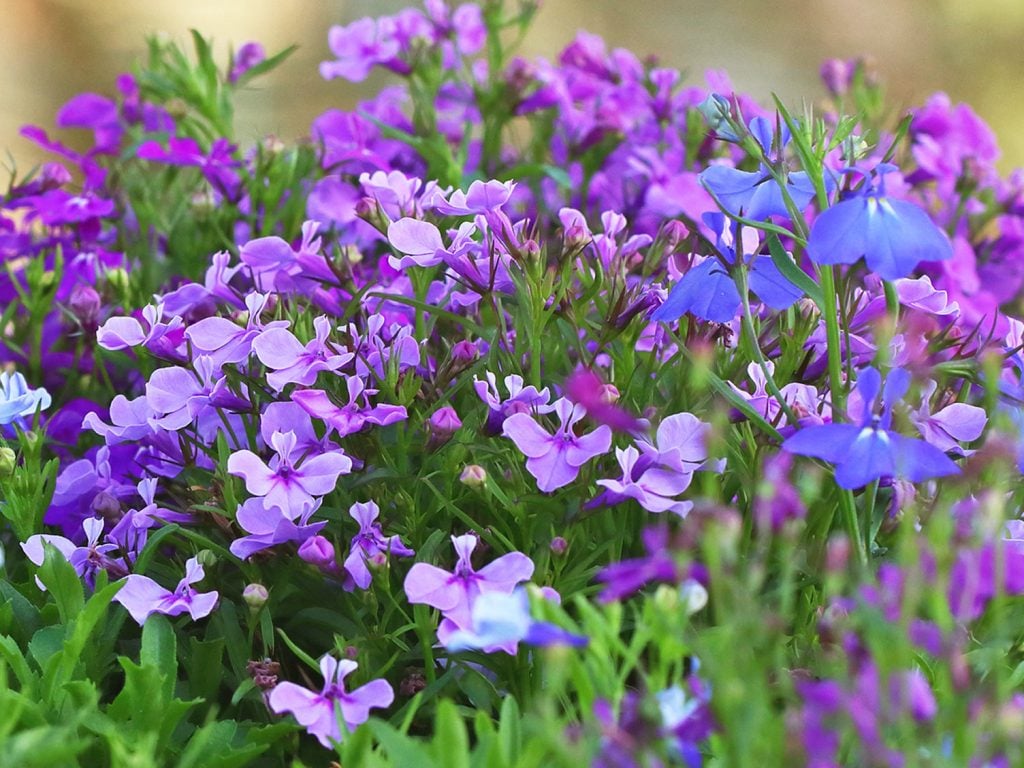
Lobelia features a stunning display of blue, pink, red, or white flower cascades. They grow only 6 to 8 inches tall but can trail up to 24 inches, making them excellent ground cover or container spiller plants. From partial shade to full sun, lobelia thrives and produces a stunning floral show.
15. Meadow Rue
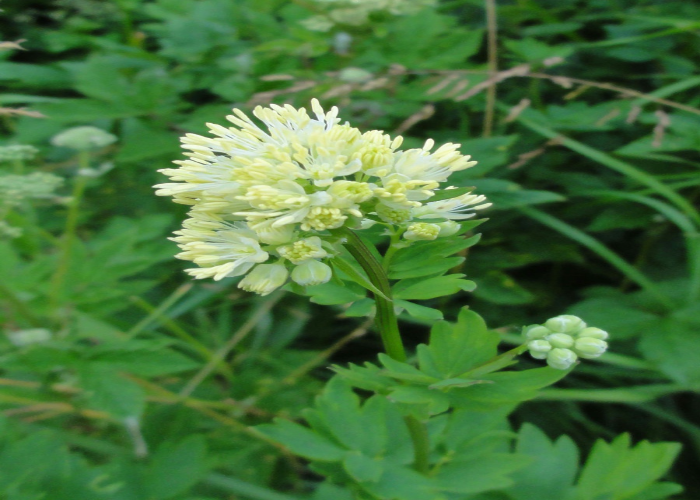
At the base of this plant, a clump of lacy, blue-green foliage grows. Fuzzy blooms appear above the leaves in late spring to early summer. Although it can withstand direct sunlight, it prefers dappled shade. Overall little maintenance, and it dislikes root interruptions.
16. Perennial Trillium
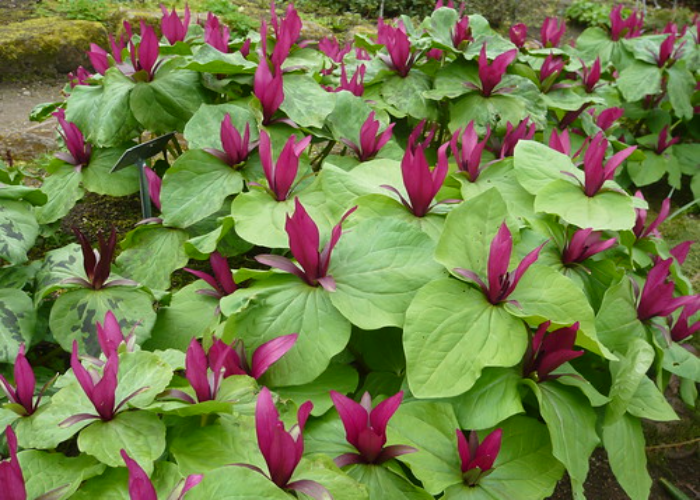
These grow well in zones 4 through 9 and requires moist, well-drained soil. It has red or white flowers and can reach two feet. Trillium is a native of the US and is frequently seen in the forest area. While certain varieties of trillium are familiar, others are in danger of extinction. The three-petaled blossom, which can vary in form and color between species, makes this plant easy to identify. Trillium usually only establishes well when grown from seeds. Hence division is the favored propagation method.
17. Pink Frost Lenten Rose
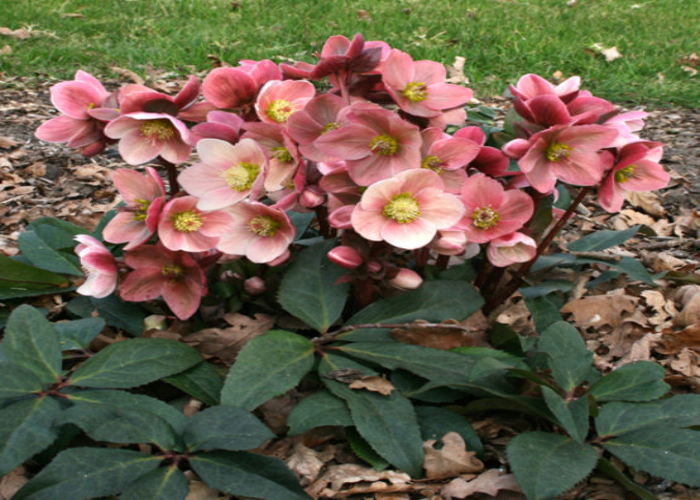
The upward-facing blossoms of the hellebores in the Gold Collection, including Pink Frost, add a unique charm. These flowers bloom mid to late winter, and their bracts last into the following spring. The pink, rose, blush, and white hues of Pink Frost perfectly contrast with the burgundy stems.
18. Primroses
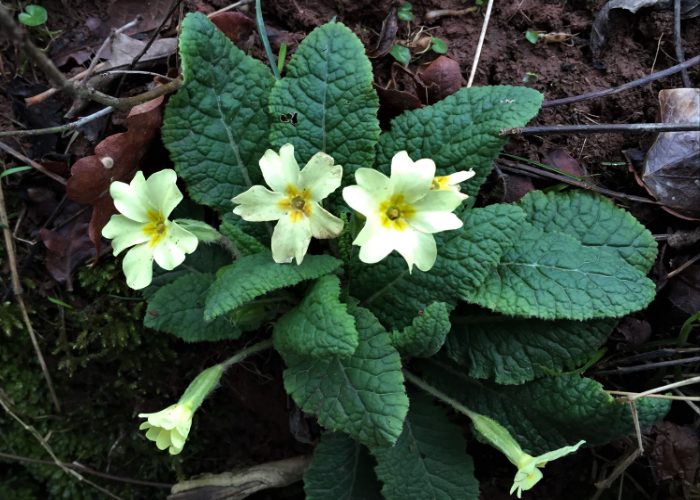
Known as the first “little first one” in Latin, primroses are among the first spring flowers to bloom. On strong stems, their vivid blossoms protrude above the lush, dark-green foliage. They can handle a little light in the spring, but as the temperature rises, they prefer some shade. Many are planted as annuals because of the variety of available types and their sensitivity to warm weather.
19. Silver Bouquet Pulmonaria
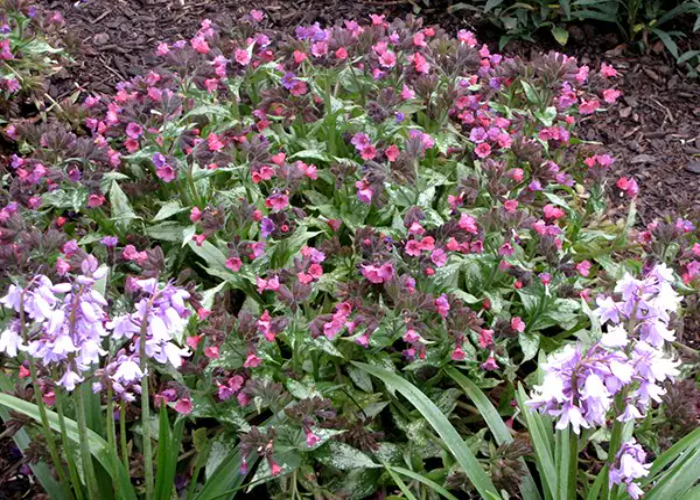
The silvery foliage of “Silver Bouquet” pulmonaria will brighten shady beds- this plant blooms in the spring with pink petals that eventually turn blue. On a single stem, the plant frequently has flowers of different colors. “Silver Bouquet” is spread 20 inches wide and grows 7 inches tall.
20. Spessart
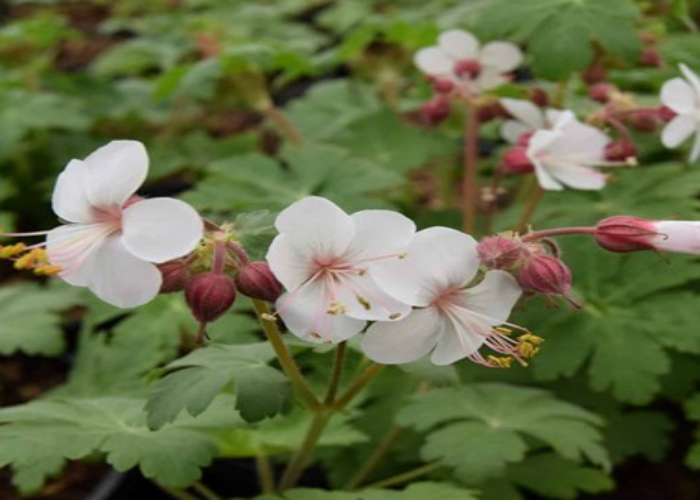
Sesspart is a ground-covering perennial perfect for making a gorgeous floral mat beneath trees or bushes. Its pink and white flowers bloom in May and last briefly, but the tough leaves endure and help control weeds’ growth.
21. SunPatiens
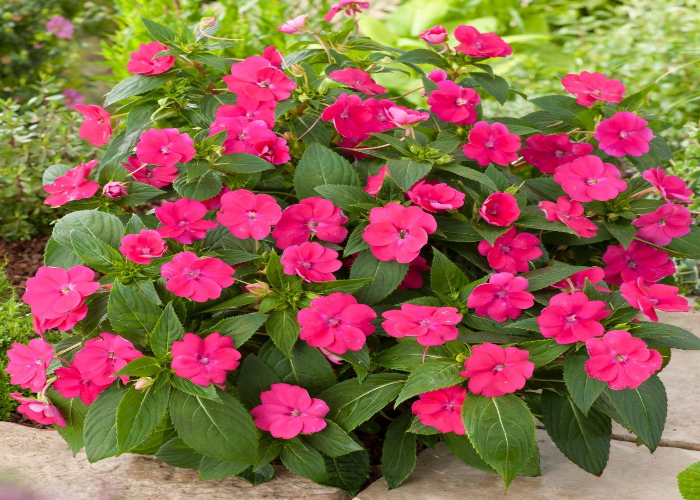
These plants outperform standard impatiens in terms of vigor and adaptability. They can survive in the sun and shade and withstand extreme temperatures. Impatiens walleriana, which prefers shade, and New Guinea impatiens are the progeny of SunPatiens. From spring to autumn, they give color to landscapes and containers. These plants grow between 14 and 28 inches tall and between 14 and 24 inches broad, with variegated leaves that glow in shaded areas.
22. Sweet Alyssum
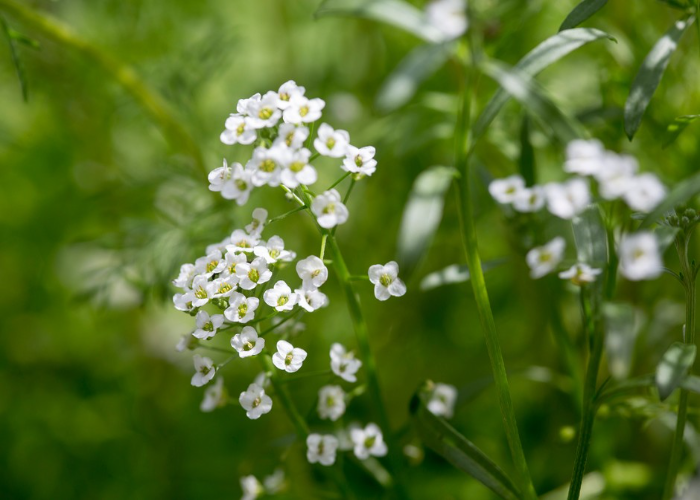
It is a well-known annual that grows well in regions with little shade and has tiny white blossoms with a pleasant scent. A delicious alyssum cultivar called Snow Princess can withstand both heat and sunlight. It can be cultivated in beds or as a trailing plant in pots that attracts butterflies. The plants can spread up to 24 inches wide and grow to a height of 4 to 8 inches.
23. Toad Lily
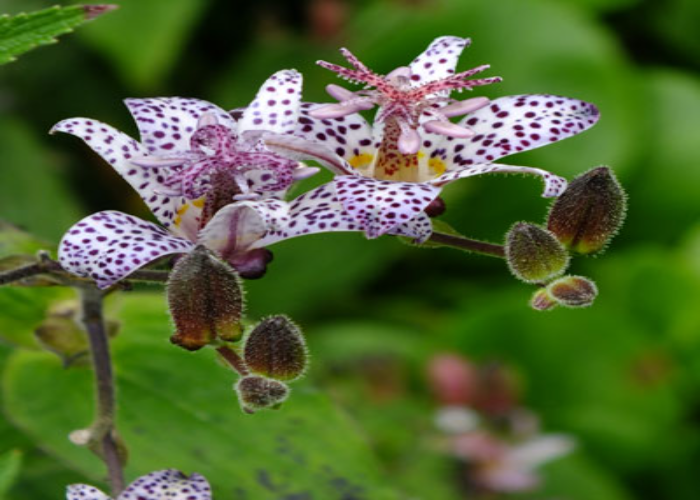
As a perennial, the toad lily is genuinely exceptional. It has up to three-foot-long stems that are long are arched. Large pointed leaves are present along the stalks, and orchid-like flowers appear directly in the middle of the branches. The white and rosy-lavender blossoms stand out sharply against the dark green leaves. These blooms, which span the length of the stem and lend a touch of elegance, adorn the garden in October.
24. Torenia
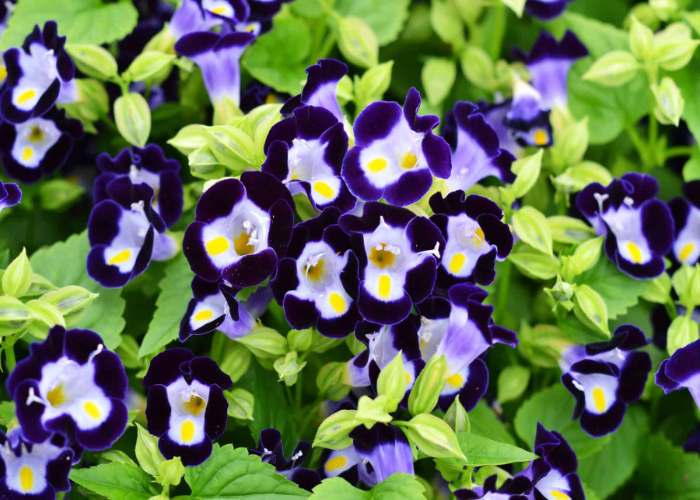
Torenia ‘Duchess Blue & White,’ sometimes called wishbone flower, is a lovely annual used as an edging plant or as container filler. You can pinch off the growing tips to encourage branching and flowers. Torenia cultivars in pink, lavender, yellow, and white are to be found. The “Duchess” torenia was explicitly created to grow in complete shadow. The plants can go up to 10 inches broad and 6 inches tall.
25. Vinca
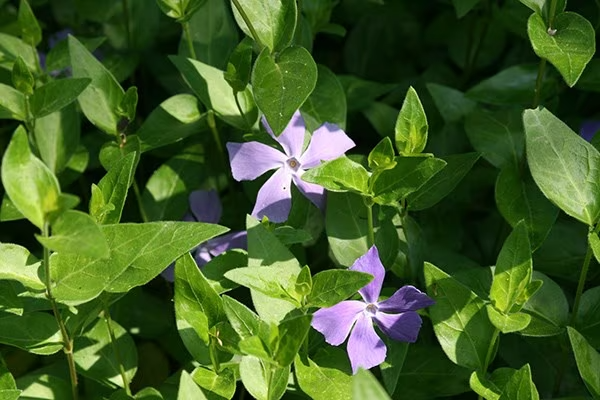
Vinca called creeping myrtle, is frequently used as a ground cover. Although it may survive in extreme shade, it prefers to grow in light shade, avoiding direct sunshine.
Conclusion
In conclusion, the 25 perennial plants that grow well in the shade provide various options for designing a colorful and beautiful garden. You may make ignored places into beautiful spaces that astonish the senses year after year by utilizing the beauty and benefits of shadow.
These shade-loving perennials add a sense of serenity and elegance to any environment with their delicate trillium, columbine blooms, and rich hosta and fern foliage.
You may create a harmonious shade garden that thrives with little work by recognizing each plant’s needs and considering elements such as light levels, soil moisture, and tolerance zones. Unlock the possibilities of those shadowed spaces by embracing the adaptability and allure of gardening.
With the help of these perennial plants, you may design a haven that exemplifies both the durability of nature and the creativity of shade-loving flora. Get motivated, exercise your imagination, and construct your serene, alluring shade garden.
Frequently Asked Questions
Can Perennials that Prefer Shade Survive Some Sunlight?
Yes, many perennials that prefer shade can withstand a little sunlight, especially in the early or late afternoon. Although they prefer shaded areas, they are unaffected by a few hours of direct sunlight. However, continual exposure to solid sunshine might cause leaf scorch or impede their growth, so it’s crucial to provide them with some shade.
How Can I Calculate How Much Shade My Plants Need?
Most perennials that prefer partial shade do well in regions with filtered sunshine or a few hours of full sunlight. Watch the light levels in your garden throughout the day to determine the ideal amount of shade. The plants should, ideally, be exposed to bright, indirect sunlight or soft early sun with shelter from the glaring noon sun.
Are There Shade-Loving Perennials that Attract Pollinators?
Without a doubt! Several perennials prefer the shade that produces nectar-rich flowers that draw bees, butterflies, and hummingbirds. Examples include Columbine and Astilbe. In addition to thriving in the shade, these plants contribute to a colorful and pollinator-friendly garden by giving helpful insects and bees a critical food supply and home.
Can I Grow Perennials that Prefer Shade in Pots?
Numerous species, such as hostas and ferns, are suited to pot gardening. Ensure the containers have proper drainage when planting to avoid waterlogging since too much moisture can cause root rot. Place the containers in regions with the correct shade, and water them frequently to keep the soil moist.
How Frequently Should I Water Perennials in The Shade?
Although different perennials that thrive in the shadow may have varied watering requirements, they all favor wet, well-drained soil. Check the soil’s wetness frequently by poking your finger into it. When the top portion of the soil seems dry, know that the plant requires water.
Can I Grow Other Plants in My Yard Alongside Perennials?
To create a colorful and exciting garden, you can blend perennials that prefer shade with other plants. Consider companion plants that demand equal amounts of moisture and light to guarantee harmonic growth. For instance, pairing hostas with ferns or asters might create a stunning and harmonious arrangement. Pay attention to the plants’ mature sizes and give them enough space to grow and breathe.

